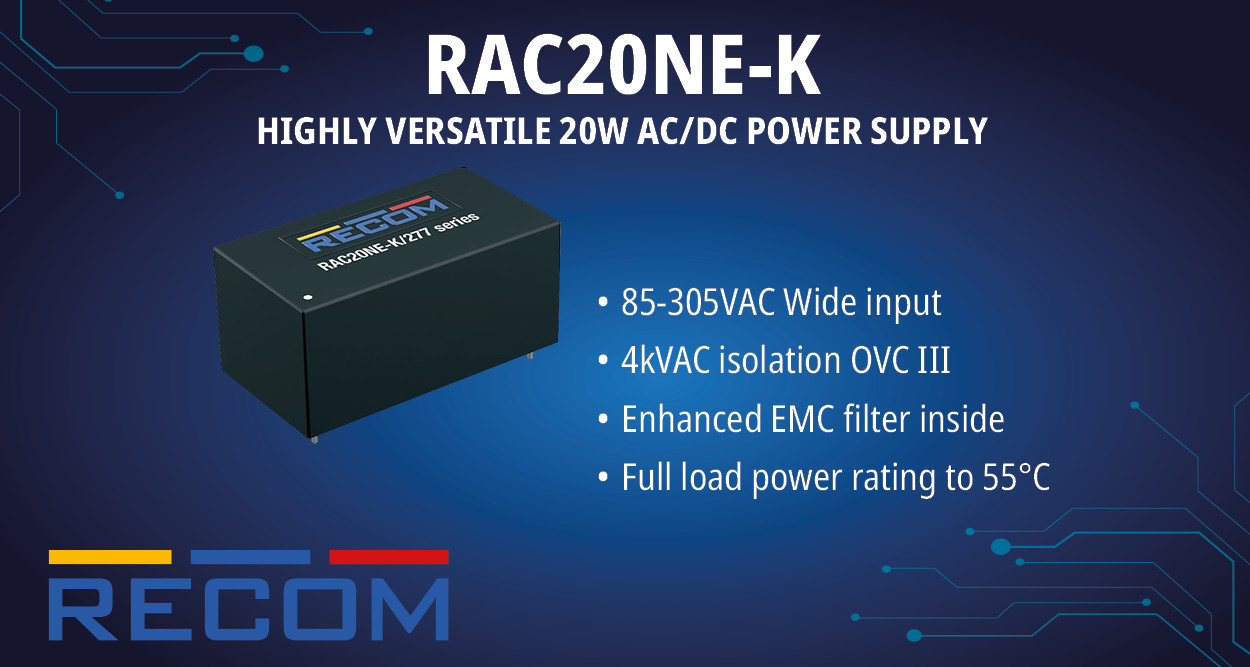The global solar photovoltaic (PV) market size was valued at USD 179.69 billion in 2024 and is expected to reach around USD 451.23 billion by 2034, with a CAGR of 9.64%.
What Is Solar Photovoltaic (PV) and How Does It Work?
Solar Photovoltaic (PV) is a renewable energy technology that converts sunlight directly into electricity using semiconducting materials that exhibit the photovoltaic effect. When sunlight hits the surface of a solar cell, typically made from silicon, it excites electrons and generates direct current (DC) electricity. This DC power is then converted into alternating current (AC) by an inverter, making it usable for homes, businesses, or feeding into the electric grid.
A typical solar PV system includes several key components: solar panels (also called modules), an inverter, a mounting system, optional battery storage, and a monitoring system. The solar panels are composed of numerous photovoltaic cells that absorb sunlight. The inverter plays a crucial role by converting the generated DC electricity into AC, which powers most household and commercial electrical systems. Mounting systems are used to secure the panels either on rooftops or ground-based structures. In some setups, especially off-grid or hybrid systems, batteries are included to store excess energy for use during periods of low sunlight.
There are three main types of PV technologies: monocrystalline silicon, polycrystalline silicon, and thin film. Monocrystalline panels are known for their high efficiency and longevity but come at a higher cost. Polycrystalline panels are more affordable but slightly less efficient. Thin film panels are lightweight and flexible, making them suitable for certain large-scale or unconventional installations, although they typically offer lower efficiency.
Solar PV systems can be installed in various formats. Rooftop installations are popular for residential and commercial buildings, offering a decentralized way to generate power. Ground-mounted systems, often used for utility-scale projects, require more space but can generate large amounts of electricity. Another emerging installation type is floating PV, which involves placing panels on water bodies, reducing land use and improving panel cooling efficiency.
Solar Photovoltaic (PV) Market Key Takeaways
- Asia Pacific led the global market, securing the highest market share of 38% in 2024.
- North America is anticipated to witness a strong CAGR during the forecast period.
- By technology, the monocrystalline silicon segment dominated the market with the largest share in 2024.
- By technology, the thin film segment is projected to register the fastest growth over the forecast period.
- By installation, the ground-mounted segment accounted for the largest share in 2024.
- By installation, the rooftop segment is expected to grow at the fastest rate during the forecast period.
- By grid type, the on-grid segment held the dominant market share in 2024.
- By grid type, the off-grid segment is forecasted to grow significantly from 2025 to 2034.
- By application, the utility segment emerged as the market leader in 2024.
- By application, the residential segment is projected to be the fastest growing during the forecast period.
How Is Artificial Intelligence Transforming the Solar PV Market?
Artificial Intelligence (AI) is significantly enhancing the efficiency and performance of the solar photovoltaic (PV) market. AI is widely used in predictive analytics to forecast solar energy generation by analysing weather patterns, irradiance levels, and historical performance data. This helps optimize energy production and grid integration. In addition, AI supports real-time monitoring and predictive maintenance by detecting faults and inefficiencies in PV systems, which reduces downtime and extends equipment lifespan.
AI also plays a crucial role in system design, site selection, and energy management. By analysing terrain, shading, and economic factors, AI helps optimize the layout and location of solar installations. In smart grids and hybrid systems, AI algorithms manage energy flows, storage, and load balancing efficiently. Additionally, AI-powered drones and robots are used for panel inspection and cleaning, ensuring consistent performance. Overall, AI is driving smarter, more reliable, and cost-effective solar PV solutions.
Market Scope
| Report Coverage | Details |
| Market Size in 2025 | USD 196.94 Billion |
| Market Size in 2034 | USD 451.23 Billion |
| Growth Rate from 2025 to 2034 | CAGR of 9.64% |
| Largest Market | Asia Pacific |
| Base Year | 2024 |
| Forecast Period | 2025 to 2034 |
| Segments Covered | Product, Application, Region |
| Regions Covered | North America, Europe, Asia-Pacific, Latin America, and Middle East & Africa |
Market Drivers
The Solar PV market is primarily driven by the increasing global demand for clean and renewable energy sources to combat climate change and reduce carbon emissions. Falling costs of solar panels and advancements in PV technology have made solar energy more affordable and accessible. Supportive government policies, incentives, and growing investments in solar infrastructure are also key factors propelling market growth.
Opportunities
Significant opportunities lie in the rapid adoption of solar PV in emerging economies with abundant sunlight but limited grid infrastructure. The rise of smart grid technologies and energy storage systems presents new avenues for integrating solar power efficiently. Additionally, innovation in flexible and thin-film PV technologies offers potential for new applications in building-integrated photovoltaics and portable power solutions.
Challenges
Despite its growth, the Solar PV market faces challenges such as the intermittency of solar power due to weather and daylight variability. High initial capital investment and land acquisition issues for large-scale solar farms can hinder project development. Furthermore, the recycling and disposal of solar panels at the end of their life cycle pose environmental and regulatory challenges.
Regional Outlook
The Asia Pacific region dominates the Solar PV market, driven by countries like China and India investing heavily in solar infrastructure. North America is expected to witness steady growth due to technological advancements and supportive policies.
Europe continues to invest in solar as part of its renewable energy transition, while emerging markets in Latin America, the Middle East, and Africa offer high growth potential due to increasing energy demand and favourable solar conditions.
Segmental Outlook of Solar Photovoltaic (PV) Market
Technology Outlook
The monocrystalline silicon segment led the market in 2024, favored for its high efficiency and prevalence in both rooftop and large-scale installations. Polycrystalline silicon PV is also widely adopted due to its cost-effective production and broad applicability, especially in large-scale projects. Thin-film technology, while traditionally less efficient, is expected to grow at the fastest rate thanks to ongoing improvements in efficiency and lower costs, making it suitable for flexible and building-integrated applications.
Installation Type Outlook
Ground-mounted solar PV systems dominated the market, primarily due to their use in large utility and commercial projects where efficiency and maintenance are critical. Rooftop installations, however, are the fastest-growing segment, driven by increasing residential and commercial adoption and the environmental benefits of decentralized, rooftop solar models.
Grid Type Outlook
On-grid (grid-connected) systems held the largest market share in 2024, as these systems are widely used from small domestic setups to massive utility-scale plants. Off-grid systems are projected to grow rapidly, especially in emerging and remote regions where grid access is limited, supporting rural electrification and energy independence.
Application Outlook
The utility segment was the largest in 2024, reflecting the proliferation of large-scale solar projects worldwide. The residential segment is anticipated to experience the fastest growth, fueled by rising residential construction, favorable policies, and greater public awareness of renewable energy’s benefits.
Solar Photovoltaic (PV) Market Companies
Tata Power Solar Systems Ltd.: Tata Power Solar is a leading Indian solar company, known for manufacturing solar modules, cells, and providing EPC (engineering, procurement, and construction) services for large-scale solar power projects. The company has played a significant role in advancing solar adoption in India, both in utility-scale and rooftop segments.
Canadian Solar Inc.: Canadian Solar is one of the world’s largest solar module manufacturers, with a strong global presence and a significant market share. The company is vertically integrated, producing everything from ingots to modules, and also develops, finances, and operates solar and storage projects worldwide. Its divisions focus on both manufacturing and project development.
Wuxi Suntech Power Co. Ltd: Suntech is a pioneering Chinese solar company recognized for its high-quality photovoltaic products and large-scale manufacturing. It has contributed significantly to the global expansion of solar PV by supplying modules for projects across multiple continents.
Nextera Energy Sources LLC: NextEra Energy is a major U.S. renewable energy developer and operator, with a substantial portfolio of utility-scale solar PV projects. The company is known for its leadership in clean energy generation and investment in large solar farms.
BrightSource Energy Inc.: BrightSource specializes in concentrating solar power (CSP) rather than conventional PV, but it plays a role in advancing solar thermal technologies for utility-scale power generation, particularly in the U.S.
SunPower Corporation: SunPower is a U.S.-based company renowned for its high-efficiency solar panels and integrated solar solutions. It serves residential, commercial, and utility markets, and is recognized for innovation in PV technology.
Vivaan Solar: Vivaan Solar is an Indian company focused on EPC services for solar power plants, particularly in the utility and industrial sectors. It has delivered several large-scale solar projects across India.
Waaree Group: Waaree is one of India’s largest solar PV module manufacturers, also offering EPC and project development services. The company exports modules globally and supports both utility and distributed solar markets.
Trina Solar: Trina Solar, based in China, is among the top global PV module manufacturers. It is known for technological innovation, large-scale manufacturing, and a significant presence in both utility-scale and distributed solar projects worldwide.
Jinko Solar: Jinko Solar is the world’s leading solar module producer by shipment volume. The company is recognized for its global reach, advanced manufacturing processes, and supplying modules for a wide range of solar projects across continents.
Recent Breakthroughs in Solar Photovoltaic (PV) Market
- In March 2025, the European Commission launched a new partnership aimed at driving innovation in photovoltaics to strengthen the region’s position in the global solar market. The Commission plans to collaborate with private sector partners to secure investments of up to $260 million each from 2025 to 2030. The initiative focuses on expanding solar PV manufacturing capacity within Europe, building a stronger value chain across the EU, and reducing dependence on fossil fuels through collaboration along the entire PV value chain.
- In January 2025, the United Arab Emirates unveiled the world’s first large-scale continuous gigascale energy storage project in Abu Dhabi, combining solar energy generation with advanced battery storage. This landmark project marks a significant milestone for the UAE’s renewable energy sector, positioning the country as a leader in sustainable energy by enabling continuous, reliable renewable power supply every day of the week.
















